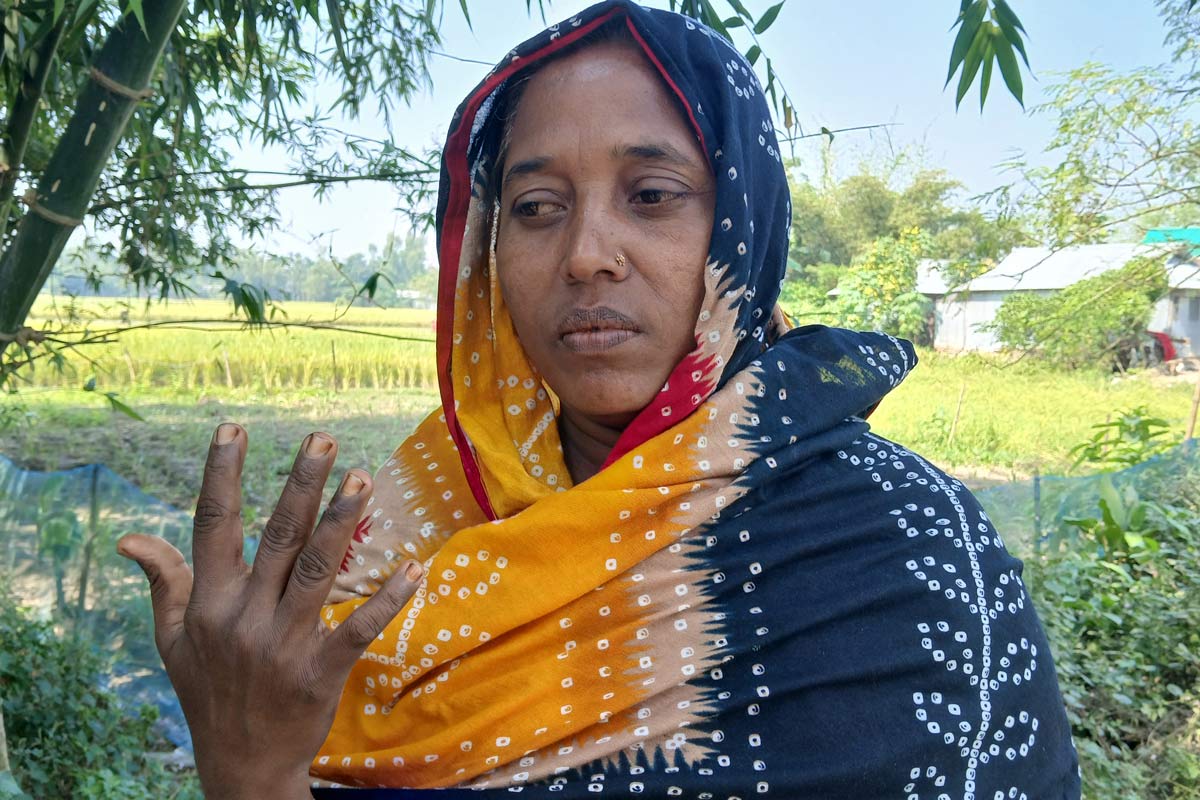From measles to malaria: infectious diseases that can damage your vision
The list of infectious diseases that can affect our eyesight is long, and several can lead to outright blindness. Luckily, many are preventable with vaccines.
- 26 October 2023
- 4 min read
- by Priya Joi

2.2 billion people worldwide - nearly one in three of us - are visually impaired. Living with impaired eyesight is never easy in a world designed for those who can see, but in a high-income country, being visually impaired is a disability that is met with many social adaptations. For instance, public signs are translated to braille, street crossings beep to signal it's safe to go ahead, and adapted educational facilities make schooling accessible.
Other diseases that cause visual impairment include illnesses for which we commonly vaccinate children – such as rubella, Hib (haemophilus influenza b), tetanus and pertussis.
In low- or middle-income countries, however, being blind or visually impaired is often significantly more challenging. Many people live in crowded housing that is not adaptable for a loss of sight. Education and employment often become near-impossible to access, and there is often a lot of stigma associated with disability.
Around half the cases of damaged eyesight that occur worldwide could have been avoided. Many treatable conditionsare left unmanaged in low-income countries, including cataracts which require surgery, and vision-related complications of diabetes. For a significant proportion of the rest, vaccine-preventable diseases are to blame.
1. Measles
Measles has long been a cause of childhood blindness. Falling vaccination rates against this viral infection means that cases are rising worldwide. Children at greatest risk of blindness are those in low and middle income countries where low vaccine coverage combined with nutritional deficiencies can be a dangerous combination. Unvaccinated kids who are low in Vitamin A are especially at risk of blindness from measles as the lack of this vitamin makes the cornea extremely dry and damaged. The measles virus can cause ulceration and keratitis causing corneal scarring.
Children with measles are especially susceptible to opportunistic infections, such as withthe herpes simplex virus (HSV) HSV can infect the cornea – the clear dome covering the front of the eye – and cause inflammation and ulcers, a condition called keratitis. In some people, the infection heals without damaging the eye, but more severe infections can lead to scarring of the cornea or blindness.
2. Malaria
This mosquito-borne disease caused 247 million cases and 619,000 deaths in 2021, most of them sub-Saharan Africa. The vast majority of malaria infections occur in children under five. Children this age are also at greatest risk for a severe form of the disease called cerebral malaria, in which the infection reaches the brain, causing convulsions or coma. While this form of the disease is dangerous enough to be frequently deadly, when people do survive, the collateral damage can include blindness, deafness and loss of motor function.
3. COVID-19
In rare cases, the SARS-CoV-2 virus has been linked with retinal vascular occlusions—blockages of the blood vessels in the eye that can affect vision —according to a study in JAMA Ophthalmology. About 1 in 80,000 people who get COVID-19 will develop retinal vein blockages because the virus is more likely to cause blood coagulation; this can lead to blurry vision or even full blindness.
4. Typhoid
Typhoid, an intestinal disease that infects the bloodstream and intestinal tract causes around 20 million infections and kills around 161,000 every year. Although problems with vision are not common from typhoid infection, the disease can lead to damaged blood vessels of the retina, also called retinopathy, which causes blurred sight and sometimes total loss of vision.
5. Meningitis
This disease that causes an infection in the brain can result in significant neurological damage, including a loss of vision. The increased pressure in the brain from the inflammation can compress the optic nerve, damaging vision. That pressure can also cause papilledema, a condition in which the optic disc that sits at the back of the eye swells up. The inflammation can also harm the retina, sometimes causing it to detach, affecting vision.
6. Chickenpox/shingles
Varicella-zoster is a type of herpes virus that causes chickenpox and shingles. The virus can affect a major nerve in the brain called the trigeminal nerve, part of which sends sensory information to our eyes. Infection here can cause corneal inflammation and scarring, causing a loss of vision.
Other diseases that cause visual impairment include illnesses for which we commonly vaccinate children – such as rubella, Hib (haemophilus influenza b), tetanus and pertussis. Two other diseases that can cause severe symptoms, Ebola and dengue, can also compromise our vision.
These are all vaccine-preventable, meaning that immunisation can not only save lives but prevent disability. To prevent unnecessary losses of vision, it is also critical, say health experts, to raise awareness to ensure that people consult healthcare professionals when there are problems with vision after an infection, and that they don't use unproven and potentially dangerous home remedies to improve vision.
In addition, there are major research initiatives to develop vaccines for diseases such as trachoma and onchocerciasis that are major causes of blindness yet for which there are no vaccines.









